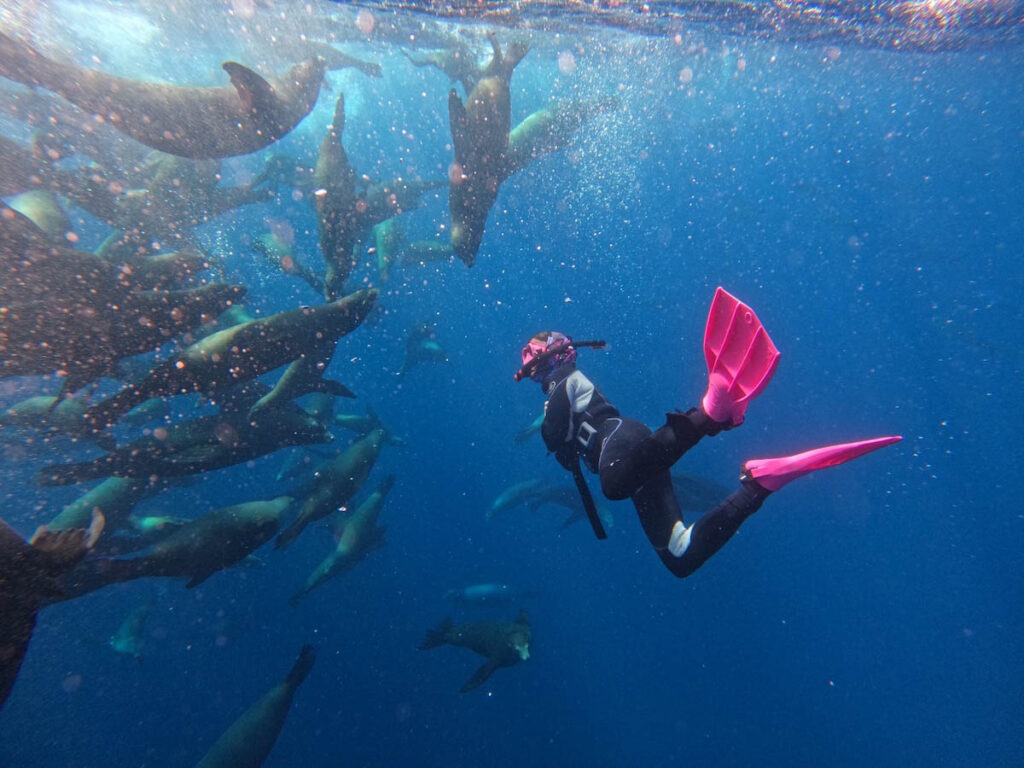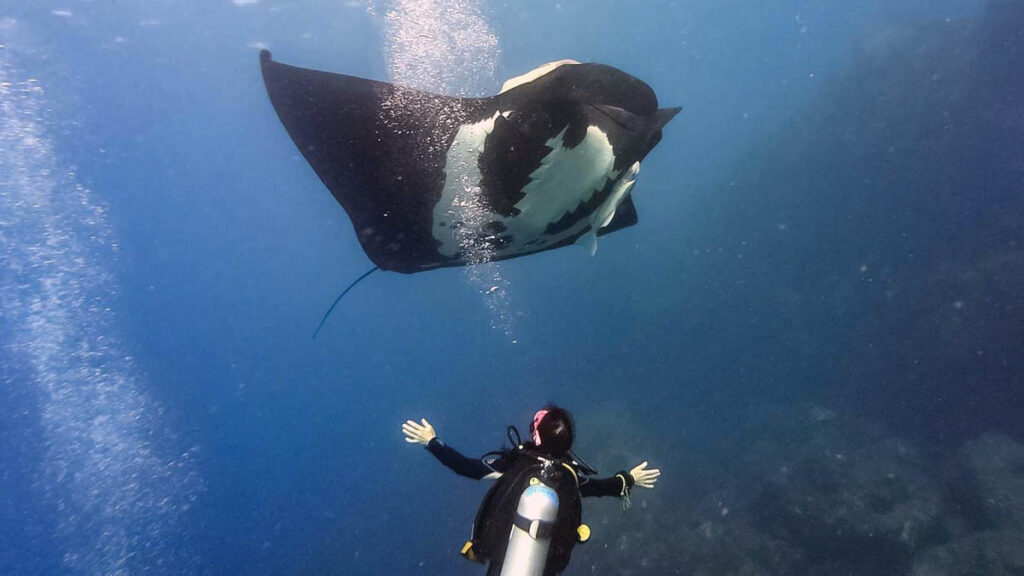Did you know the ocean has a massive, invisible conveyor belt that helps keep our planet’s climate stable? Without it, Europe would be colder, hurricanes could intensify, and coral reefs could vanish. Beneath the surface, an immense, invisible force drives ocean currents around the globe—the Great Ocean Conveyor Belt. This system, also known as thermohaline circulation, plays a vital role in keeping Earth’s climate stable. For scuba divers, understanding this hidden system can deepen our appreciation of the ocean’s power and remind us why marine conservation is so important.
What Is the Great Ocean Conveyor Belt?
The Great Ocean Conveyor Belt is the ocean’s secret superhighway, moving vast amounts of water across the globe in a never-ending cycle. This circulation is powered by differences in temperature (thermo-) and salinity (-haline)—hence the term thermohaline circulation.
Warm, salty water from the tropics moves toward the poles, where it cools and becomes denser, sinking into the deep ocean. Cold, deep water then flows back toward the equator, eventually rising to the surface in a process called upwelling.
This constant movement of water connects the Atlantic, Pacific, Indian, and Southern Oceans, creating a worldwide current system that takes roughly 1,000 years to complete one full cycle!
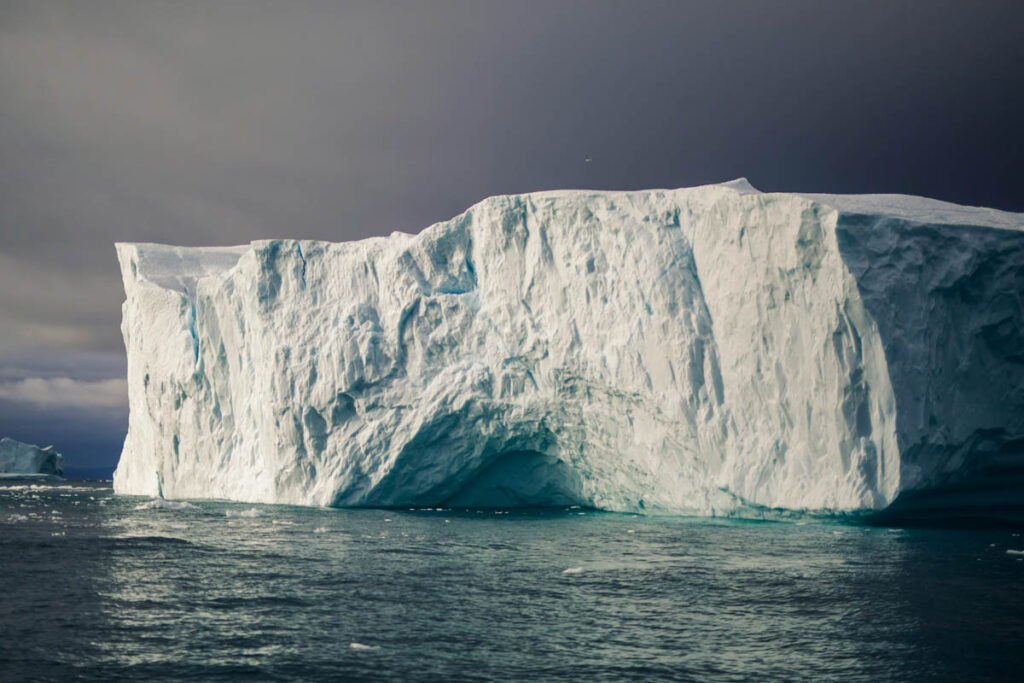
Photo by Visit Greenland on Unsplash
Why Is It Important for Earth’s Climate?
This conveyor belt isn’t just about moving water—it’s about keeping the planet habitable. It stabilizes temperatures, fuels marine food chains, and even helps store carbon, making it one of Earth’s most important climate regulators. Many ecosystems, from coral reefs to polar waters, depend on the steady circulation of nutrients and oxygen. Without this system, biodiversity could decline, and entire habitats may collapse.
The Great Ocean Conveyor Belt is vital for regulating global temperatures and distributing heat around the planet. Without it, some regions would become unbearably hot while others would plunge into extreme cold. Here’s how it affects the climate:
1. Distributing Heat and Regulating Temperatures
The conveyor belt transports warm water from the tropics to higher latitudes. For example, the Gulf Stream, part of this system, carries warm water from the Caribbean to Western Europe, keeping places like the UK and parts of Scandinavia much warmer than they would be otherwise. In contrast, cold deep water flows toward the equator, helping to cool tropical regions.
2. Driving Weather Patterns
By moving warm and cold water across the globe, the conveyor belt influences wind patterns and ocean currents, which in turn shape weather systems. When this system slows or shifts, it can cause extreme weather events, including droughts, hurricanes, and intense storms.
3. Supporting Marine Ecosystems
The process of upwelling—when deep, nutrient-rich water rises to the surface—feeds plankton, which forms the foundation of the marine food chain. Without this circulation, many of the world’s most productive fisheries would collapse.
Upwellings also create incredible dive sites by attracting large pelagic species that come to feed in nutrient-rich waters. One of the best examples is Roca Partida in the Socorro Islands, Mexico, where strong upwellings bring an abundance of marine life, including sharks, giant oceanic manta rays, and numerous fish species. These sites offer breathtaking underwater encounters that wouldn’t be possible without the ocean’s conveyor belt constantly circulating life-sustaining nutrients.
4. Regulating Carbon Storage
The ocean absorbs about 30% of human CO2 emissions, and deep ocean currents help transport this carbon to the depths, keeping it out of the atmosphere. This process slows climate change, but disruptions to the conveyor belt could weaken the ocean’s ability to store carbon, worsening global warming.
What Happens If It Slows or Stops?
While earlier studies suggested a weakening of the ocean conveyor belt, recent research indicates that the Atlantic Meridional Overturning Circulation (AMOC) has remained stable over the past six decades. Scientists reconstructed AMOC strength using air-sea heat flux data and found no significant decline from 1963 to 2017.
However, future projections indicate that climate change may weaken the AMOC. The Intergovernmental Panel on Climate Change (IPCC) reports that, depending on emission scenarios, the AMOC could weaken by 17% to 55% by 2100.
This potential slowdown is linked to increasing freshwater input from melting glaciers in Greenland and Antarctica, disrupting the balance of salinity and temperature that drives deep ocean circulation.
If the conveyor belt weakens significantly, the consequences could be severe:
- Colder Winters in Europe: Without the warm waters of the Gulf Stream, Europe’s climate would cool dramatically.
- Rising Sea Levels on the U.S. East Coast: A slowdown would cause water levels along the U.S. East Coast to rise significantly.
- More Extreme Weather: Unstable ocean currents can fuel stronger hurricanes and intensify droughts and floods.
- Oxygen Loss in the Deep Ocean: Reduced circulation would lead to less oxygen reaching deep-sea environments, threatening marine life.
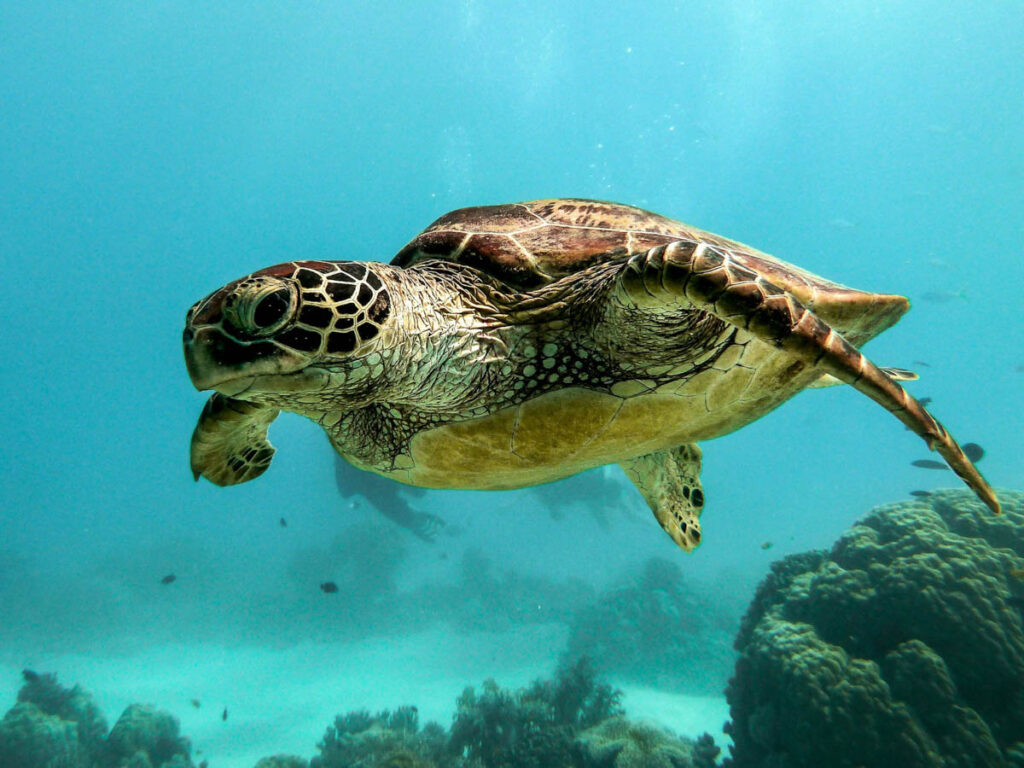
How Does This Affect Scuba Divers?
For divers, a disrupted ocean conveyor belt isn’t just a climate issue—it’s a diving issue. Changes in ocean circulation could alter the conditions at some of the world’s most famous dive destinations like Raja Ampat and the Red Sea.
Rising ocean temperatures are already affecting coral reefs, causing coral bleaching and loss of marine biodiversity in iconic dive locations such as the Great Barrier Reef and the Maldives. In addition, shifting ocean circulation patterns could result in stronger, more unpredictable currents, making some dive sites more challenging or even unsafe.
The disruption of upwelling processes may also reduce the availability of nutrients in certain areas, leading to declines in fish populations and impacting the overall health of marine ecosystems. This could mean fewer sightings of key species that divers travel the world to see.
At the same time, as ocean temperatures shift, marine species are migrating to new areas. Some dive regions may gain exciting new species, while others may lose their most iconic marine life, changing the underwater experience for divers everywhere.
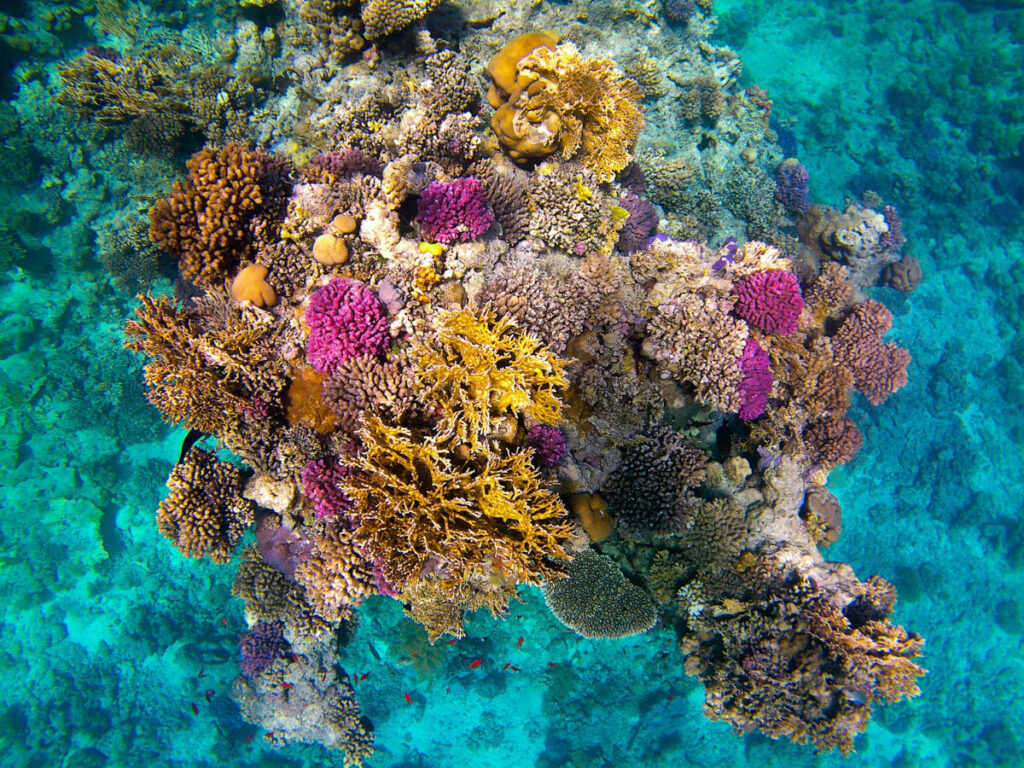
Photo by Veronica Reverse on Unsplash
What Can Divers Do?
While large-scale climate processes may seem beyond our control, we can still make a difference:
1. Reduce Carbon Footprint
Since climate change is a key driver of conveyor belt disruption, reducing carbon emissions helps slow the process. Simple steps like using energy-efficient transport, supporting renewable energy, donating to One Tree Planted to offset your carbon, and minimizing single-use plastics can help.
2. Support Marine Conservation Efforts
Organizations focused on marine conservation play a critical role in protecting oceans. Supporting groups like Mission Blue, The Ocean Cleanup, and local marine reserves can help safeguard marine ecosystems.
Joining SSI Blue Oceans is a great first step. This initiative is dedicated to protecting marine environments. Participating in clean-up dives and beach clean-ups is a great way to contribute while actively enjoying the ocean. These efforts help remove plastic pollution, ghost nets, and other debris that threaten marine life.
3. Choose Sustainable Dive Practices
Divers can adopt sustainable diving habits by avoiding contact with marine life, choosing dive centerscommitted to sustainability, and participating in citizen science projects like reef monitoring and ghost net removal.
4. Stay Informed and Advocate for Action
Raising awareness about ocean conservation, sharing knowledge with fellow divers, and advocating for policies that protect marine environments can create meaningful change. One way to deepen your understanding is by taking SSI’s environmental courses, such as Marine Ecology, Coral Identification, and Shark Ecology. These courses provide valuable insights into how ocean ecosystems function and how you can actively contribute to protecting them.
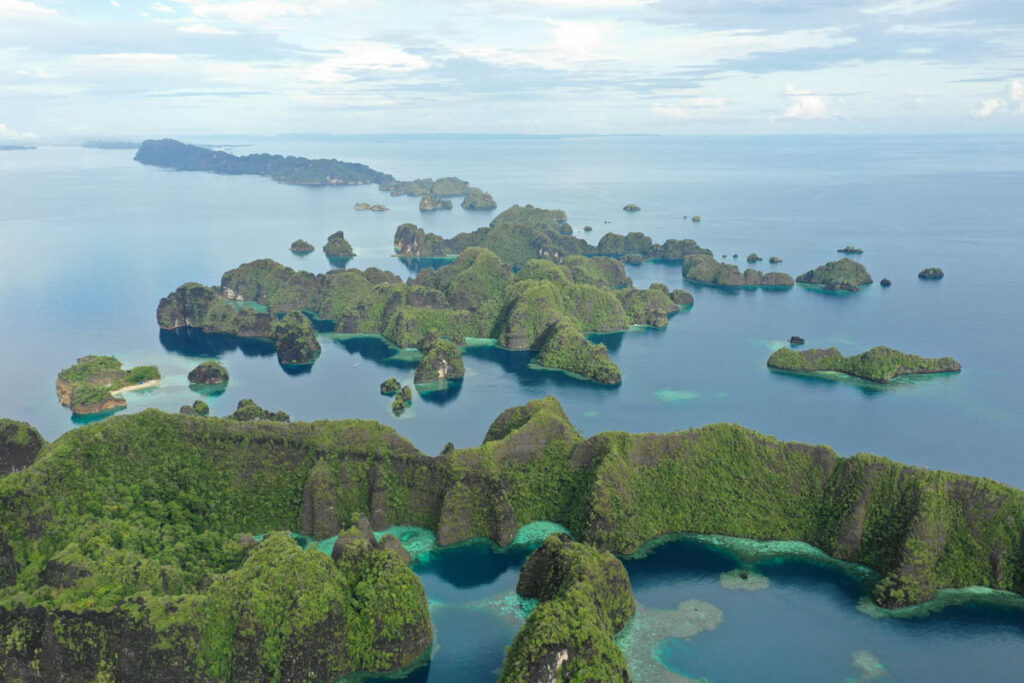
Photo by Danang Himawan on Unsplash
The Great Ocean Conveyor Belt is a powerful, unseen force that keeps Earth’s climate stable and supports marine ecosystems worldwide. As scuba divers, understanding its role highlights why protecting our seas is more important than ever. By making sustainable choices and supporting conservation efforts, we can help ensure that the world’s oceans—and the incredible marine life within them—remain vibrant for future generations.
So, the next time you dive into the blue, remember—you’re part of a global ocean system that’s keeping the planet in balance. Let’s protect it together.





